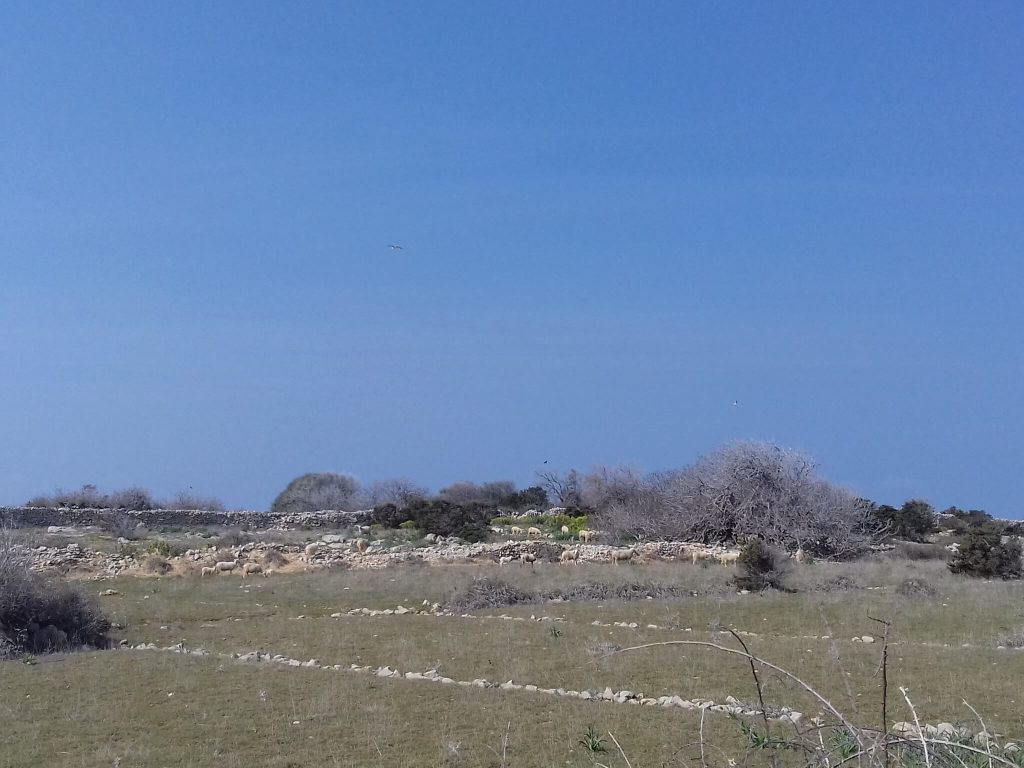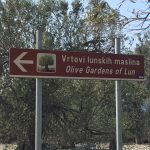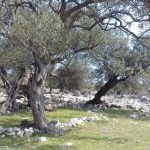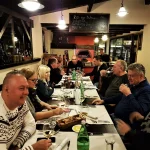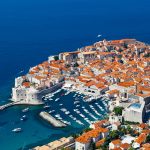The recent Gastronaut culinary tour of Pag island got us acquainted with its unforgettable gourmet delights. A tribute to the world-renowned Pag cheese and two outstanding cheese factories on March 29, 2018
Every destination in the world has a certain distinctive trait, an iconic feature that serves as a recognisable mark of the place in question. On Pag island, it’s sheep. They’re everywhere, scattered all over the island’s hills and plains, tiny balls of fluff blending into the off-white karst terrain; at times, you won’t even spot them lest they make a lazy little step or two.
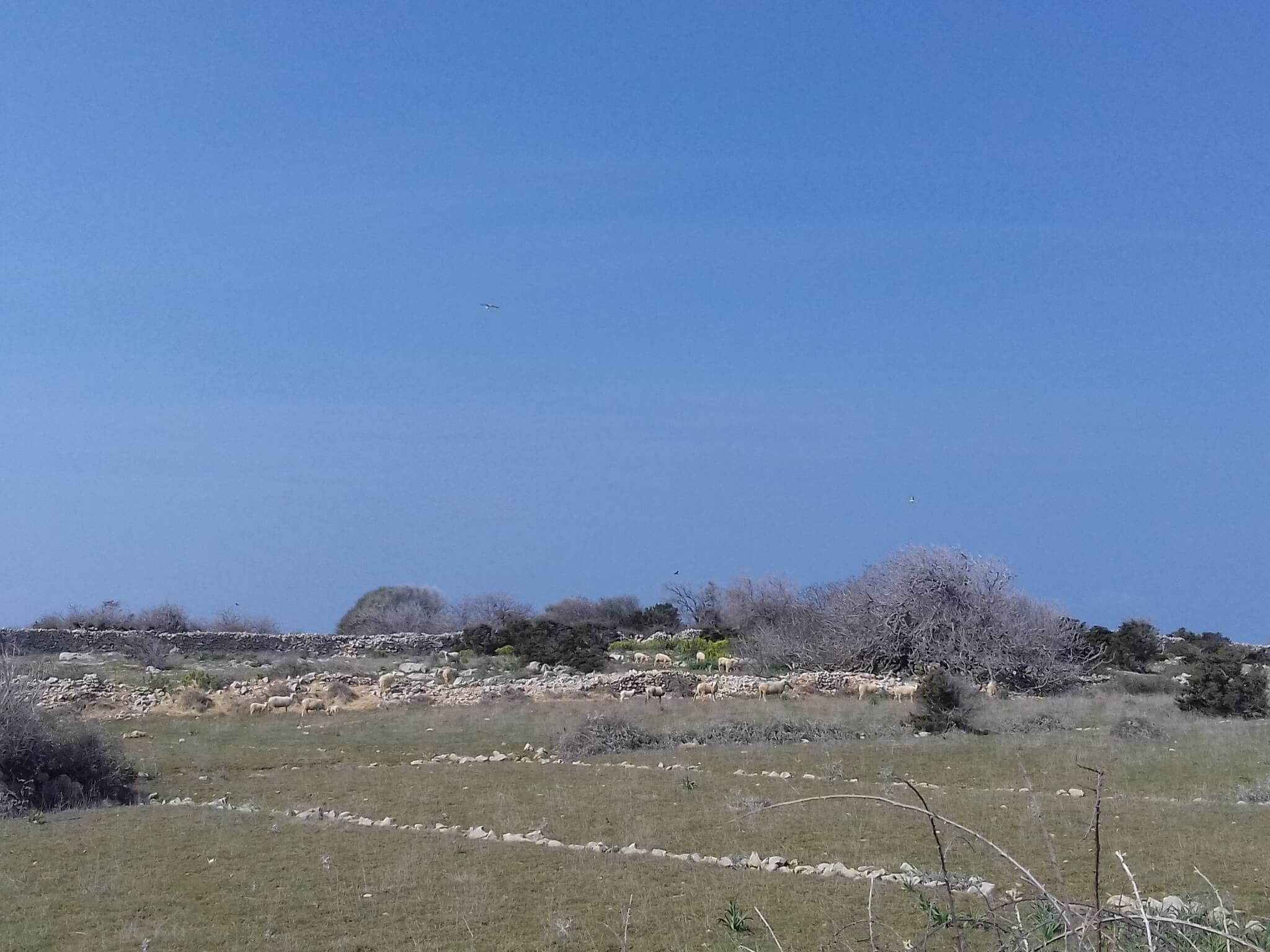
They roam around freely, sending an occasional baa in your direction, without a single care in the world apart from locating the next patch of Mediterranean herbs they like to nibble on. Here’s a typical sight you’ll come across as you’re driving around Pag:
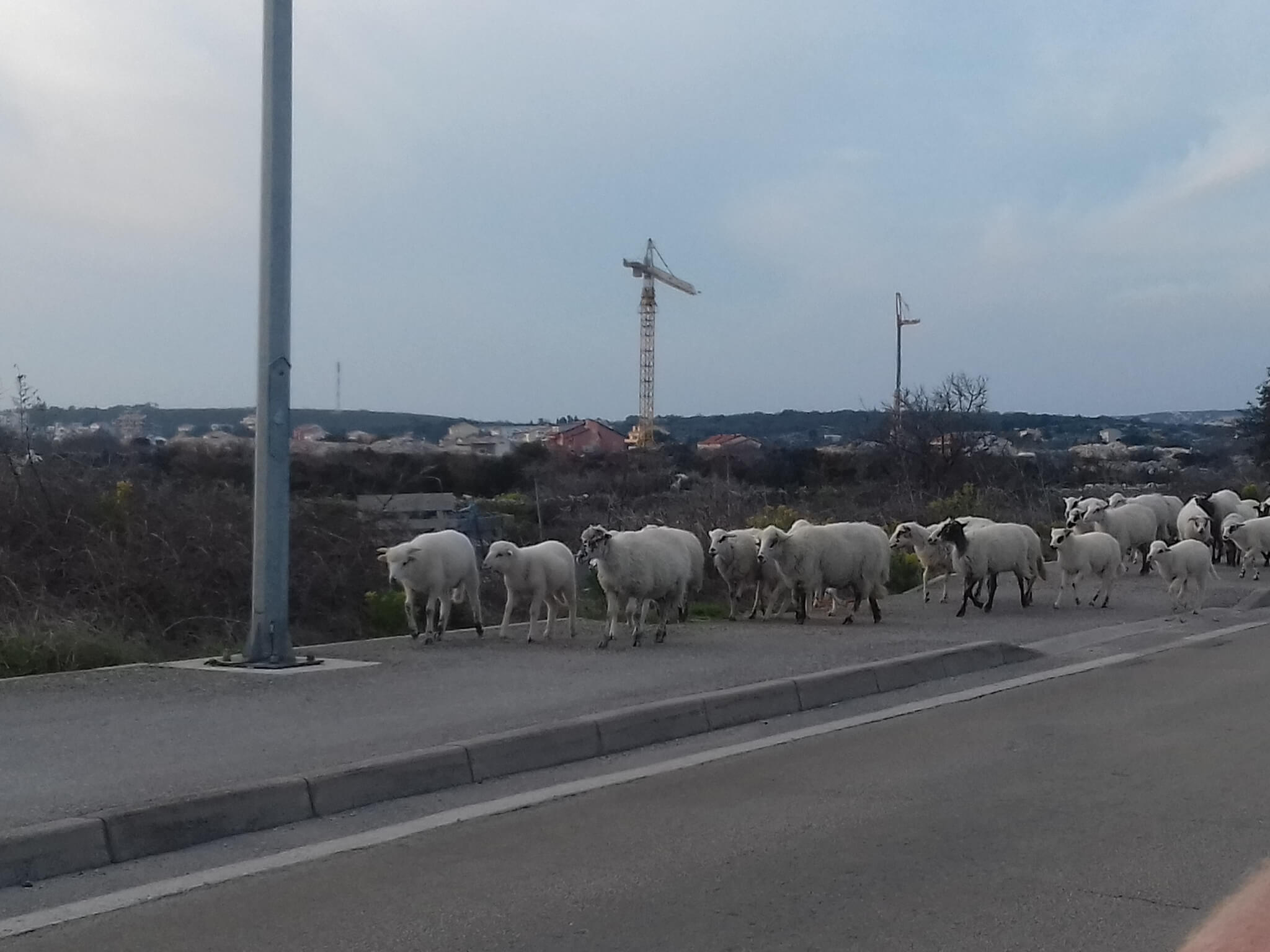
Sheep breeding has long been one of the main economic activities on Pag. The island has a population of some 35.000 sheep – quite a substantial number in comparison with 9.000 human inhabitants. That said, it’s no surprise that this particular branch of farming gave way to another craft that made Pag island internationally famous: production of sheep milk cheese, one of such an impressive taste and quality, it’s enough to mention Pag cheese to make everyone’s eyes hazy with longing. Glorious, glorious cheese.
The latest Gastronaut foodie trip took us on a heavenly tour of Pag island, allowing us to peek behind the veil and learn about the complex procedures and hard work required to produce those blocks of delight we all love to pair with a dollop of olive oil and a glass of good wine.
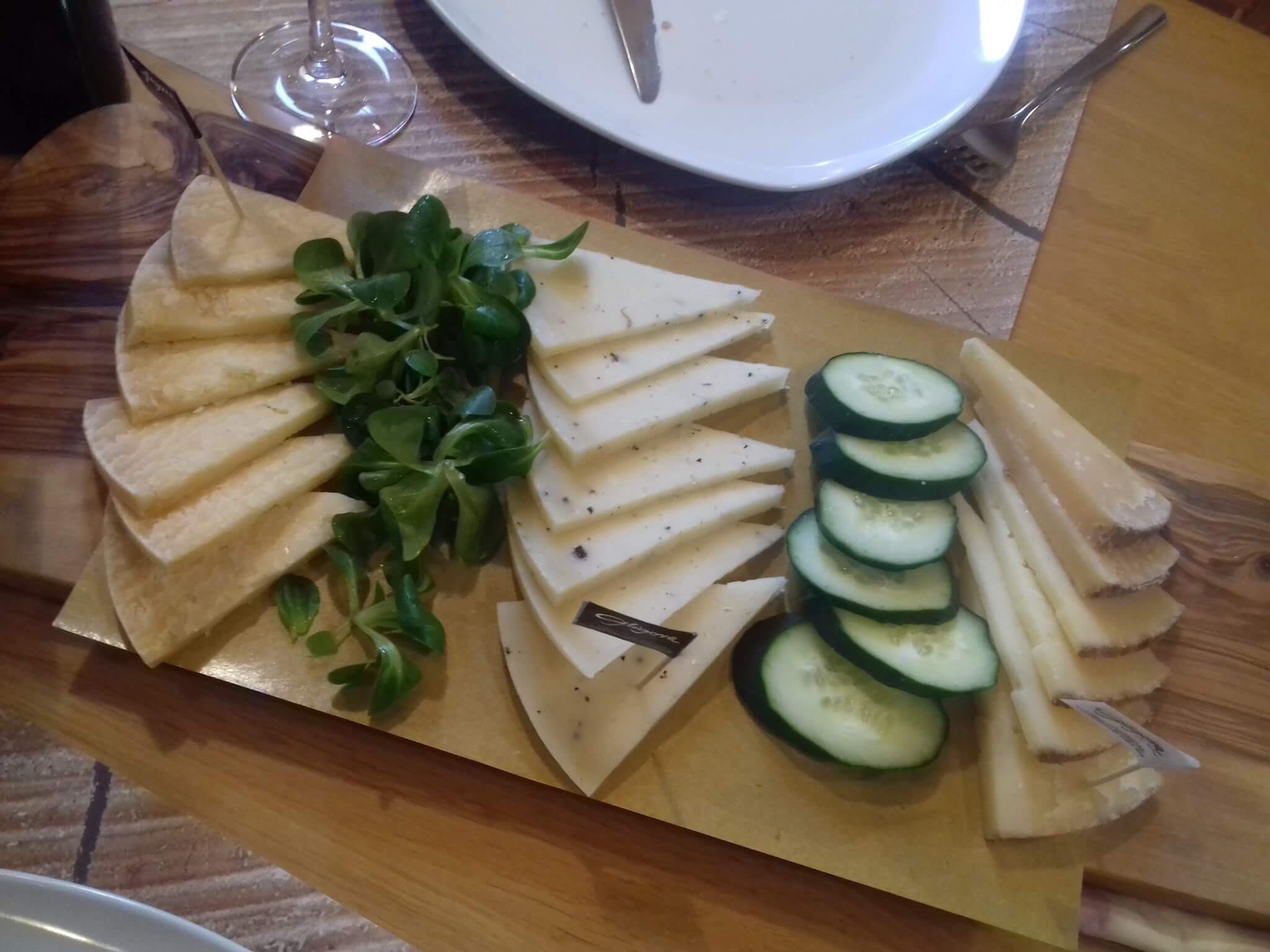
We paid a visit to two renowned cheese factories, Paška sirana and Gligora, both of them boasting an endless line of awards and medals won around the globe. Exploring those remarkable facilities was fascinating in itself, and we’ll pay a closer look to both in a minute, but there’s an important thing to be noted first: the mass production of cheese on Pag has remained firmly grounded in tradition to this day. Some things are sacred, and there are rules that need to be followed regardless of technology getting more refined with each passing year.
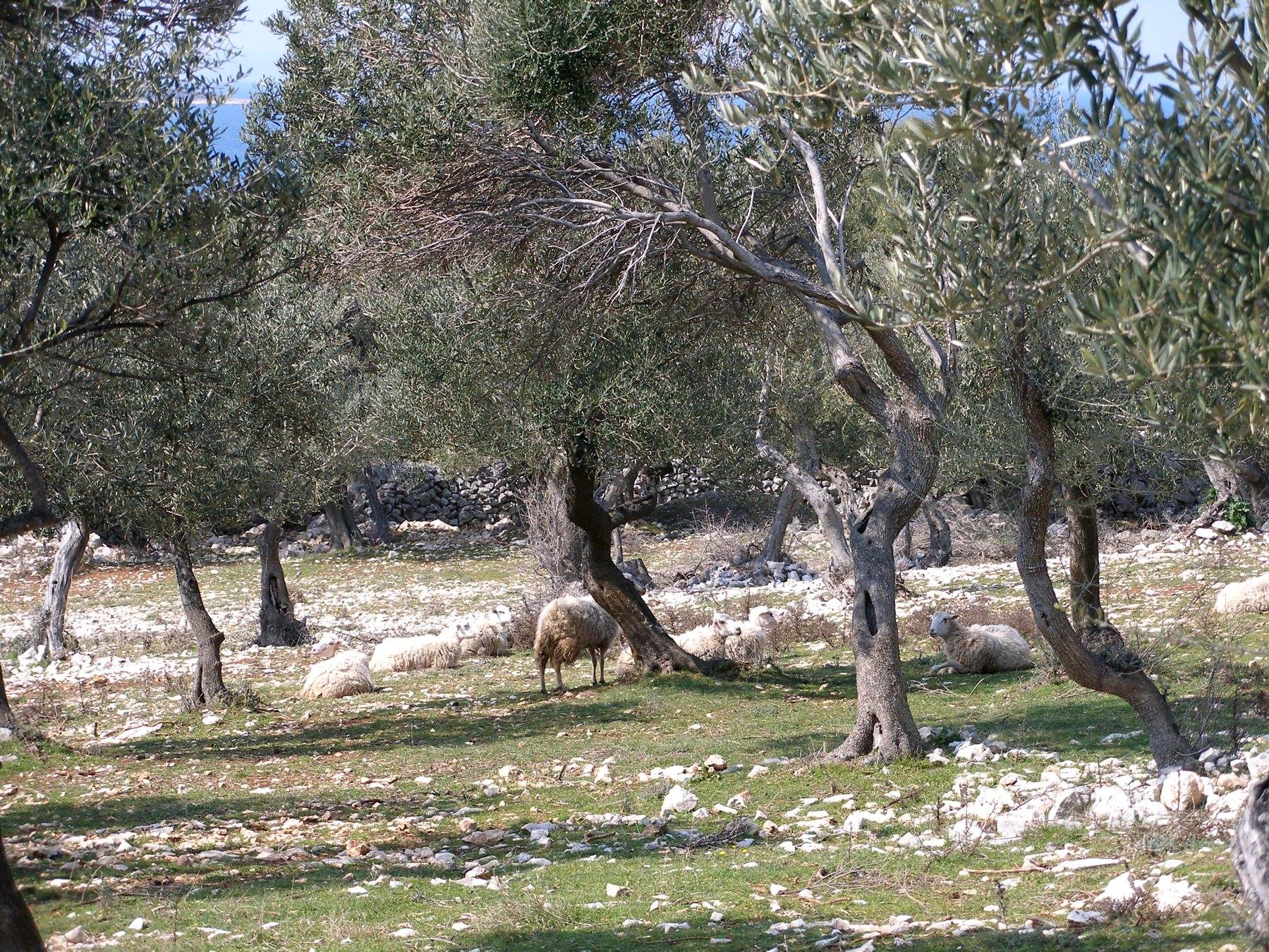
Pag cheese is produced exclusively using the milk of sheep that have been raised on the island; the animals are not kept locked away in barns, but are allowed to roam around all day long, out in the fresh Adriatic air. It’s their herb-based Mediterranean diet that gives such a unique flavour to their milk, and consequently, to the famous cheese. The sheep are milked in early hours of the morning and again later in the day; no matter the weather, the farmers head out into the field to collect the precious liquid. Imagine getting up at the crack of dawn and going to work out in the open, whipped by rain or merciless bura wind – that’s the origin point of that delicious cheese you’ll pick up from a shelf in the shop and enjoy in a merry company.
It’s somehow fitting the first day of our trip took us to the first cheese factory opened on Pag. Simply called Paška sirana, literally translating to Pag cheese factory, the facility is located in the town of Pag. It was Paška sirana that first launched the famous cheese on the market, creating a brand that is nowadays known all around the world.
https://www.youtube.com/watch?v=bpYfMDt1cFM
The factory was founded in 1946 as an agricultural cooperative; in its early days, it was a small-scale operation based off their own sheep herd. In 1992, Paška sirana turned into a company, one which nowadays exports its products to the US and numerous EU countries. The facility was revamped in 2008 and currently boasts modern equipment and the latest technologies for cheese production, resulting in several types of sheep milk and cow milk cheese.
Before we entered the factory, we were handed protective suits, caps and foot covers, to make sure the facility remains as squeaky-clean as it is, safe from outside dirt or unwanted bacteria. Both factories we visited adhere to draconic levels of hygiene standards, taking every imaginable step to guarantee the premium quality of their products.
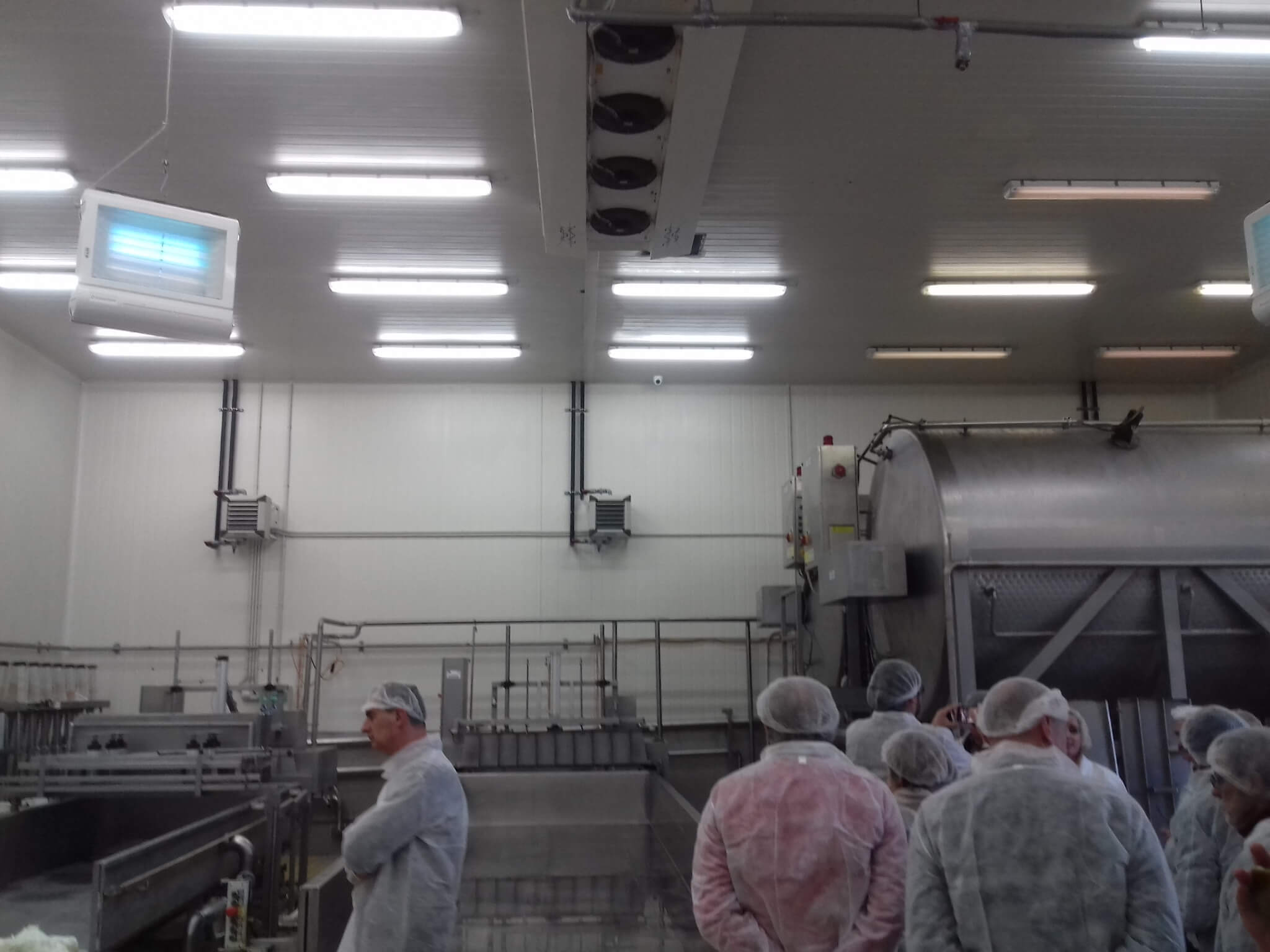
Paška sirana employs 25 shepherds who take care of some 3.000 sheep; once the collected milk has made its way to the factory, it gets processed in several stages. The resulting mass is pressed into a round shape, then left to rest on the countless shelves in the ripening room. Cheese blocks have to be flipped on a regular basis so their entire surface is exposed to air for an equal amount of time, with the wooden shelves absorbing moisture on the bottom. Depending on the type of cheese, it can be left to age anywhere from a couple of weeks to more than a year, developing its distinctive flavour and getting darker in hue as time goes by.
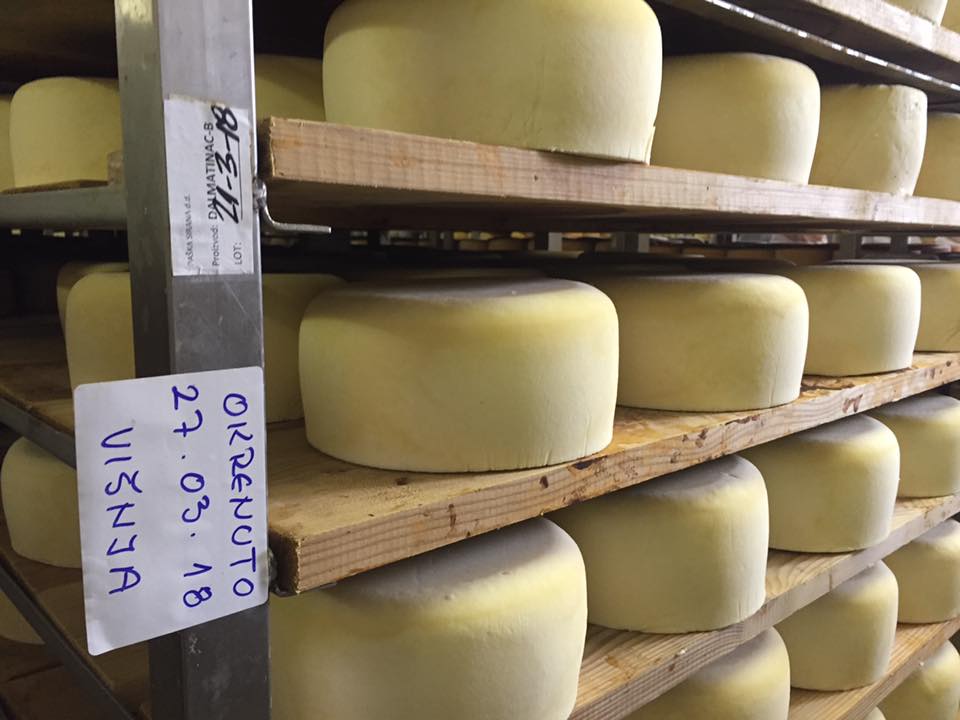
Photo credit: Gastronaut.hr Facebook
A truly fascinating tour, presenting the production process in its entirety. As we looked around the ripening room, taking in the seductive aroma hanging heavy in the air, a member of the staff produced a plate of cheese samples – in a minute, they were gone, the merry Gastronaut crew happily nibbling on delicious little bites.
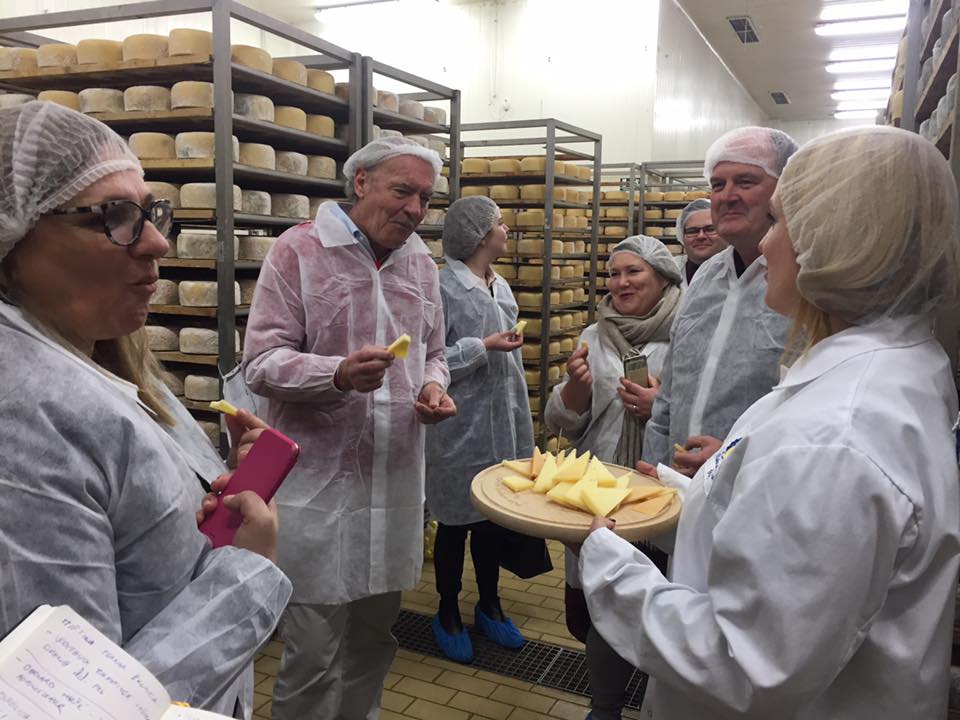
Photo credit: Gastronaut.hr Facebook
The quality of Paška sirana’s products speaks for itself, but a list of awards never hurt anybody, right? Here we go, looking at the World Cheese Awards in the last couple of years alone:
2011 – medals for Paški sir, Dalmatinac and Mediterano cheeses
2012 – Best Central & Eastern European Cheese Award for Dalmatinac, silver medal for Parenjak cheese
2013 – gold for Mediterano cheese, gold for Pramenko cheese, silver and bronze for Dalmatinac cheese, bronze for Paški sir
2014 – Supergold for Dalmatinac, bronze for Paški sir, silver for Pramenko, bronze for Mediterano
2016 – Supergold for Paški sir, two bronze medals for Jubilee cheese Pagus, bronze for Pramenko
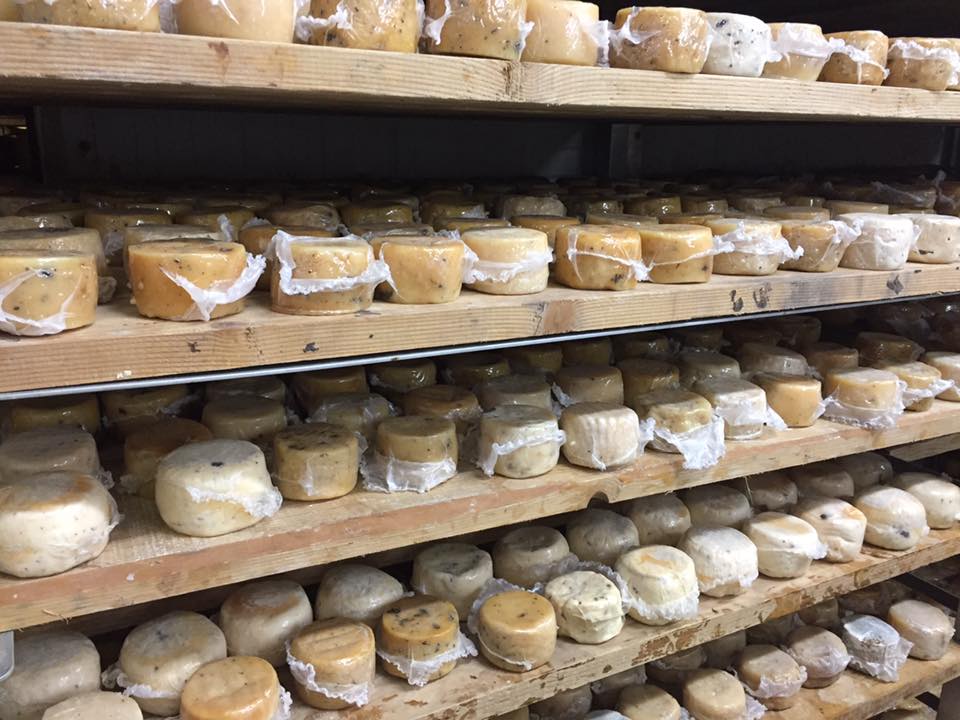
Photo credit: Gastronaut.hr Facebook
We started with cheese, we ended with cheese – the stuff is truly the alpha and omega of Pag. On the last day of our trip, we stopped by the world-renowned Gligora cheese factory in Kolan town. An equally impressive product quality, a somewhat different origin story: while Paška sirana rightfully boasts the title of ‘the mother of Pag cheese’, Gligora has a heartwarming family history beyond its acclaimed products.
The factory was founded by Ivan Gligora, a native of Kolan born in 1950, but the roots of their story date back to his grandfather Frane who started to make Pag cheese back in 1918, passing on his skills and love for this noble craft to his children and grandchildren.
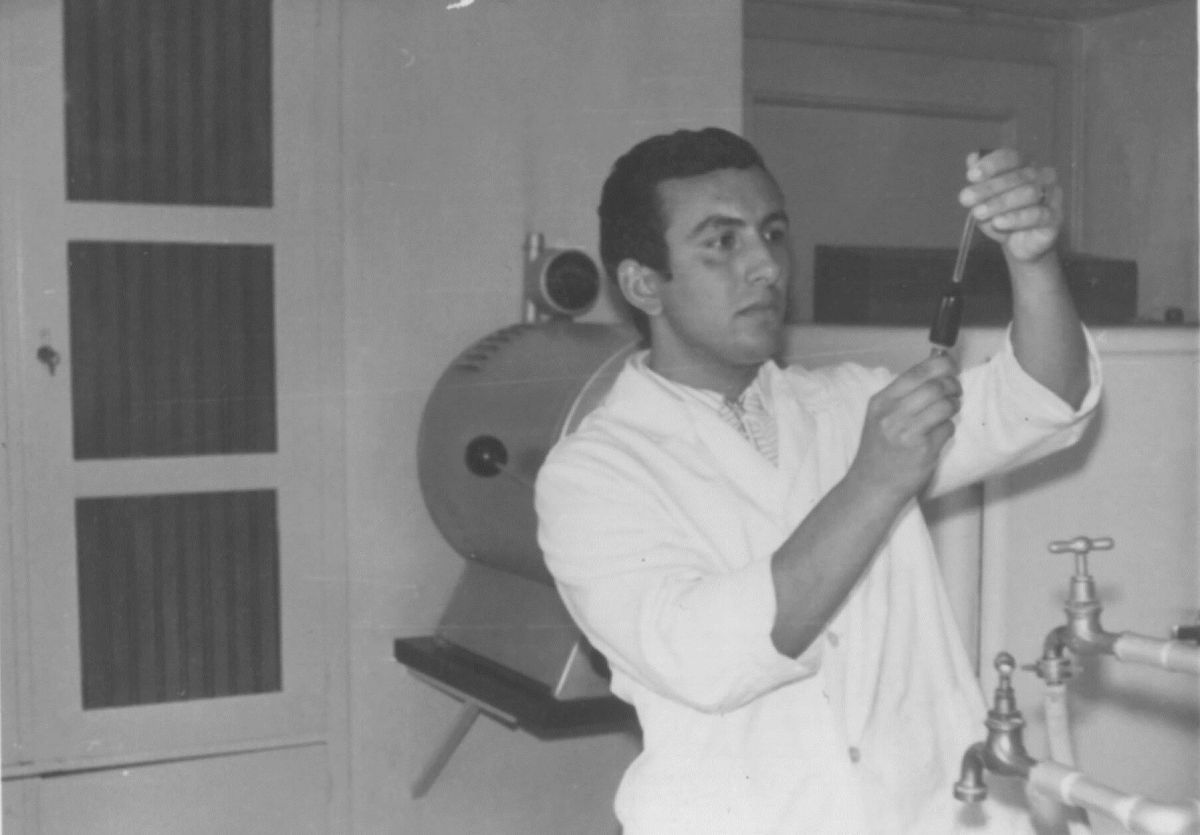
Photo credit: Gligora
In 1995, Ivan and his wife Marija decided to launch a small operation in Kolan, naming the original factory Sirena – small cheese factory. What followed was an excruciating period filled with hard work and various challenges; the factory faced bankruptcy on several occasions, but the family persisted, improving their products and bravely standing up to the more popular competition. They finally made a name for themselves by winning their first international award in Italy in 2002, the first in line of many medals they are now proud to boast – let’s just look at the last 5 years:
2016: San Sebastian, Spain – 8 World Cheese Awards medals for Paški sir, Kozlar, Zigljen, Kordunski and Dinarski
2015: Birmingham, UK – World Cheese Awards, Super-Gold “Best Central and Eastern European Cheese” trophy for Pag maraska cherry cheese
2015: Milan, Italy – contest All’Ombra della Madonnina, the “Targa di eccellenza” award for 4 different goat cheese types
2014: London, UK – World Cheese Awards, “Best Central and Eastern European Cheese” trophy and the vice-champion title for Dinara cheese
2014: Wisconsin, USA – World Championship Cheese Contest, “Best in Class” award in the category of sheep cheese for Pag olive residue cheese
2014: Nantwich, UK – International Cheese Awards, Gold & Best in Class Award for Pag wine must cheese
2014: Brussels, Belgium – International Taste and Quality Institute (iTQi), “Crystal Award for outstanding consistent quality and taste” for Pag cheese
2013: Birmingham, UK – World Cheese Awards, Super-Gold and “Best Central and Eastern European Cheese” trophy for Dinara cheese
2013: Frome, UK – Global Cheese Awards, “Gold” award and “Best in class” award in the category of hard sheep cheese for Pag cheese
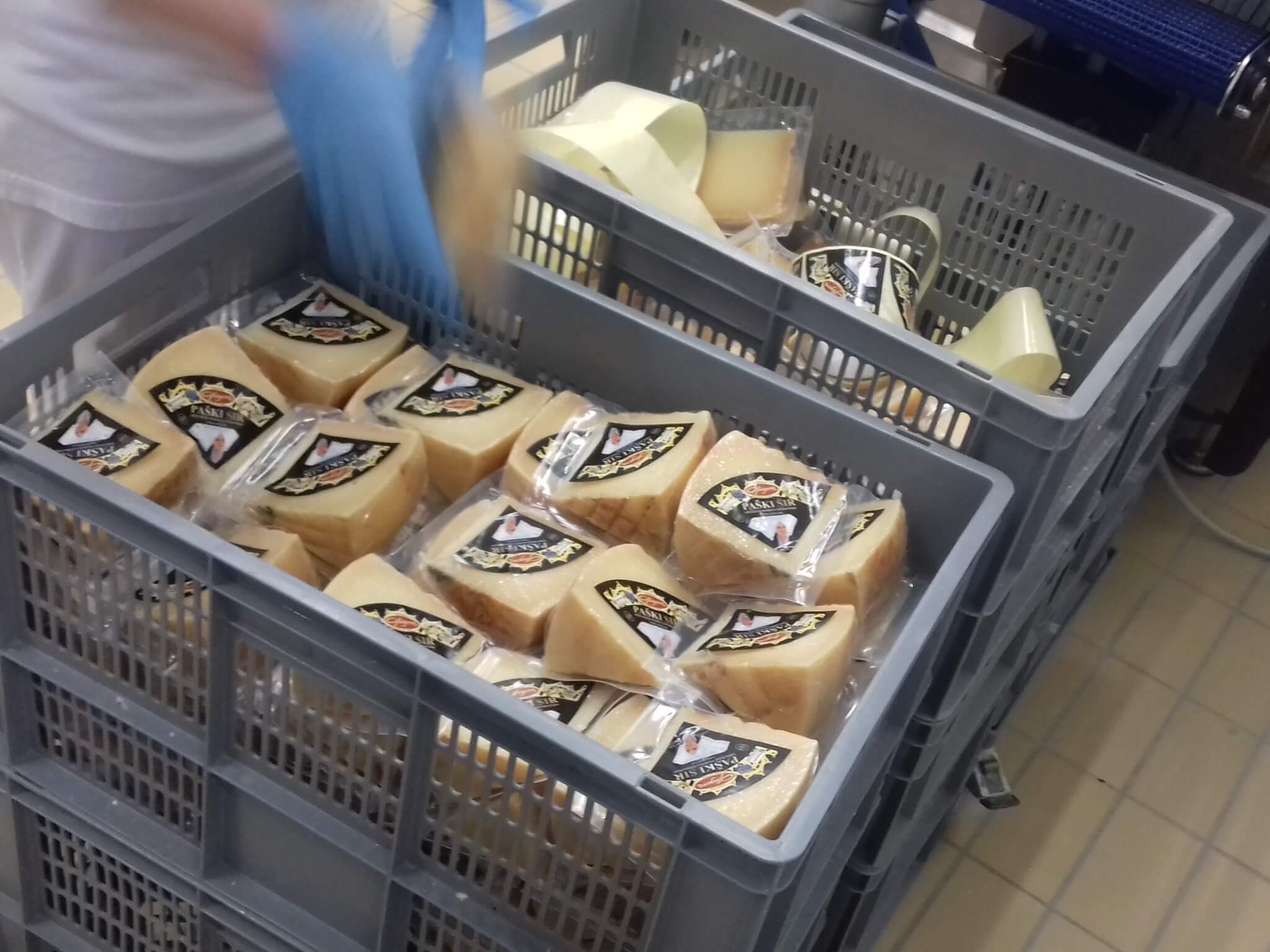
In 2009, the Gligora built a new state-of-the-art factory that nowadays produces over 450 tonnes of cheese a year, 50 of those produced with milk of Pag sheep.
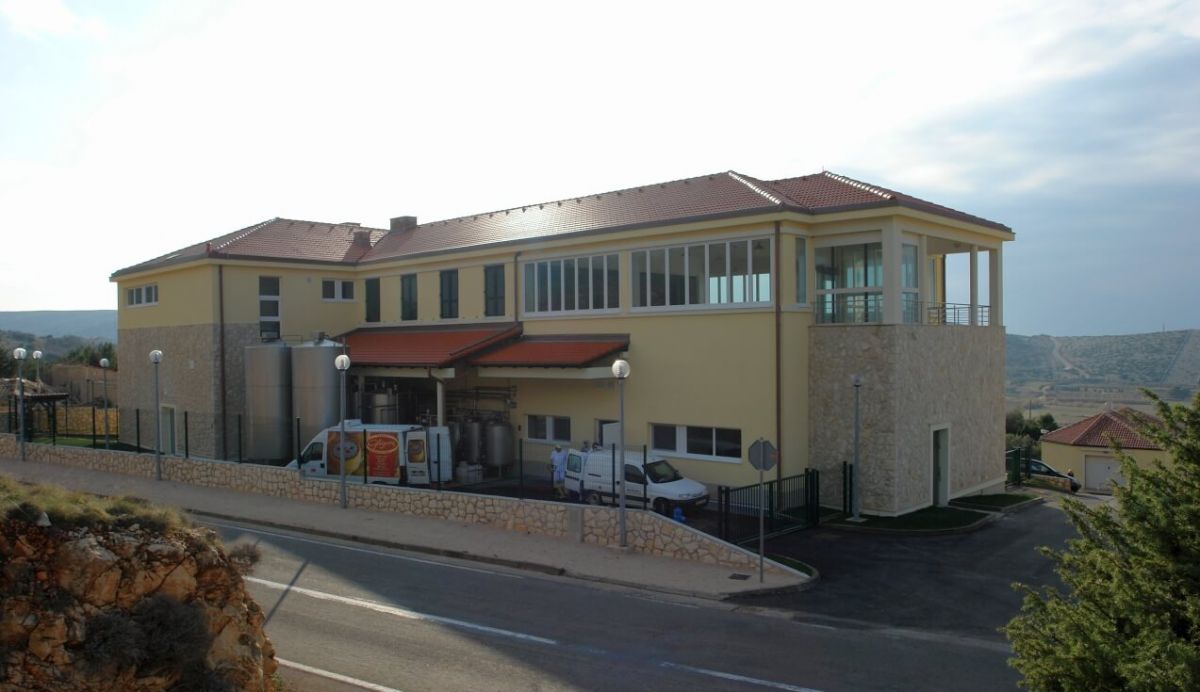
Photo credit: Gligora
They offer a line of mouth-watering products: apart from their Paški sir classic, you’ll find several types of cheese made of cow and goat milk. My personal favourite is Kozlar, a delicious goat cheese named after a certain part of Kolan village which is said to have a history of goat breeding – a logical conclusion, considering koza stands for goat in Croatian.
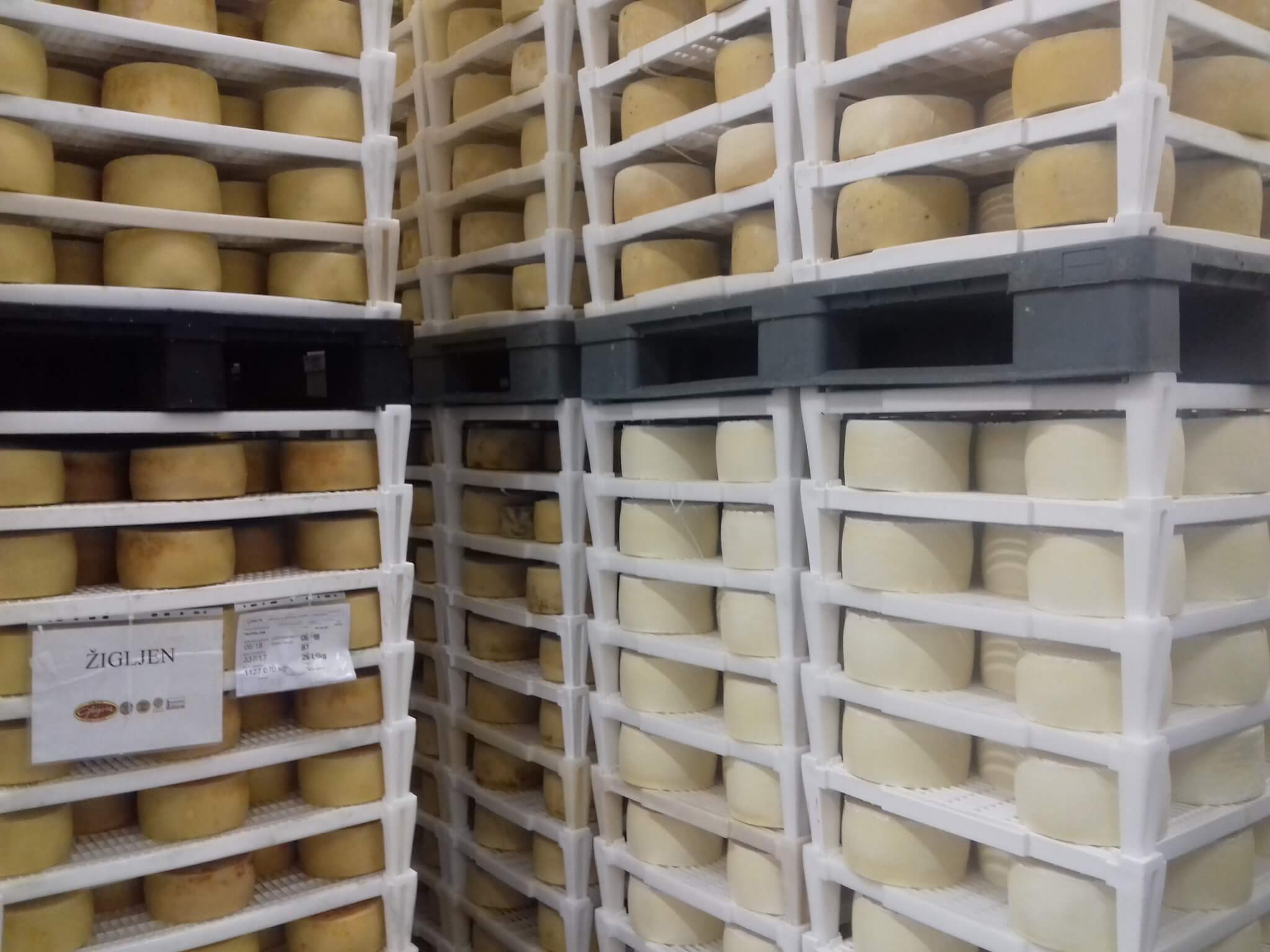
With time, they started to get more creative, leaning on the traditional Mediterranean methods of cheese preservation. Gligora offers several cheeses that were wrapped in aromatic herbs such as rosemary and sage in their ripening period, resulting in a mind-blowing taste and aroma. Cheese infused with spices, cheese that ripened dowsed in wine must or Maraska cherry liqueur… the options are endless, all of them equally appealing.
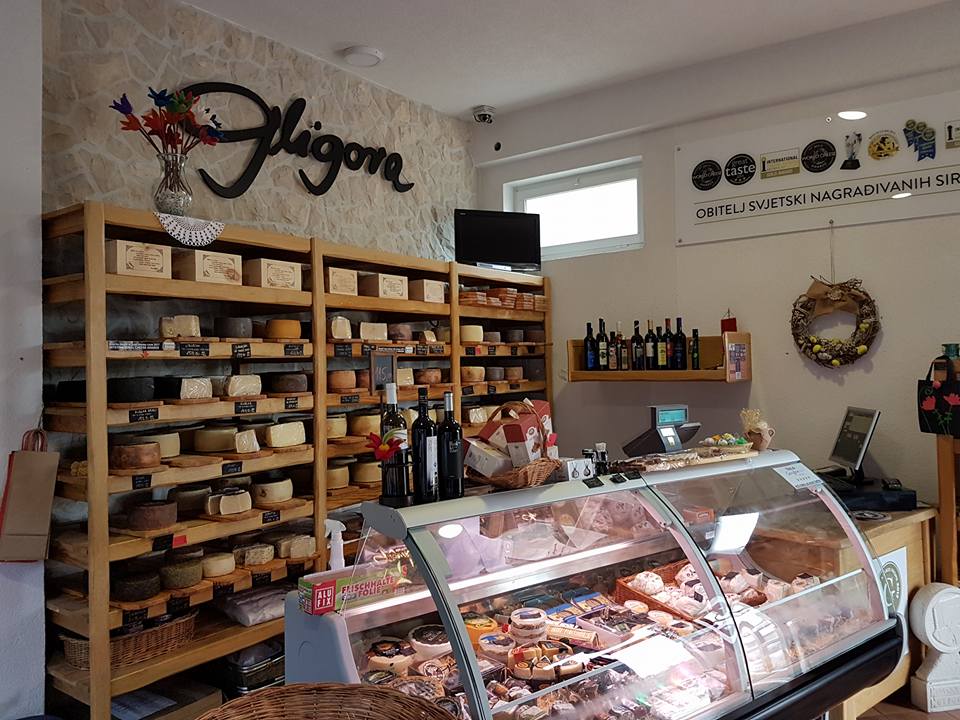
As I was standing in the shop on the Gligora estate, I thought of an Italian saying that’s long been a personal favourite of mine: l’imbarazzo della scelta, roughly translating to spoilt for choice. So many options, so many mouth-watering products on display, and you can only fit so many in your purse/suitcase/car. Not fair, especially considering the charming, knowledgeable shopkeeper who will provide you with so many interesting facts about the offer, you’ll only end up wanting to get more.
If you want to get a taste of Gligora’s products before you fill up that suitcase of yours, you have a convenient option at your disposal: a cheese tasting, complemented by a fine array of Croatian wines. The tasting room is located on the upper floor above the factory, and is open for visitors from May 15 to October 1 – make sure to book a spot in advance. You’ll also be provided with a guided tour of the factory as a bonus.
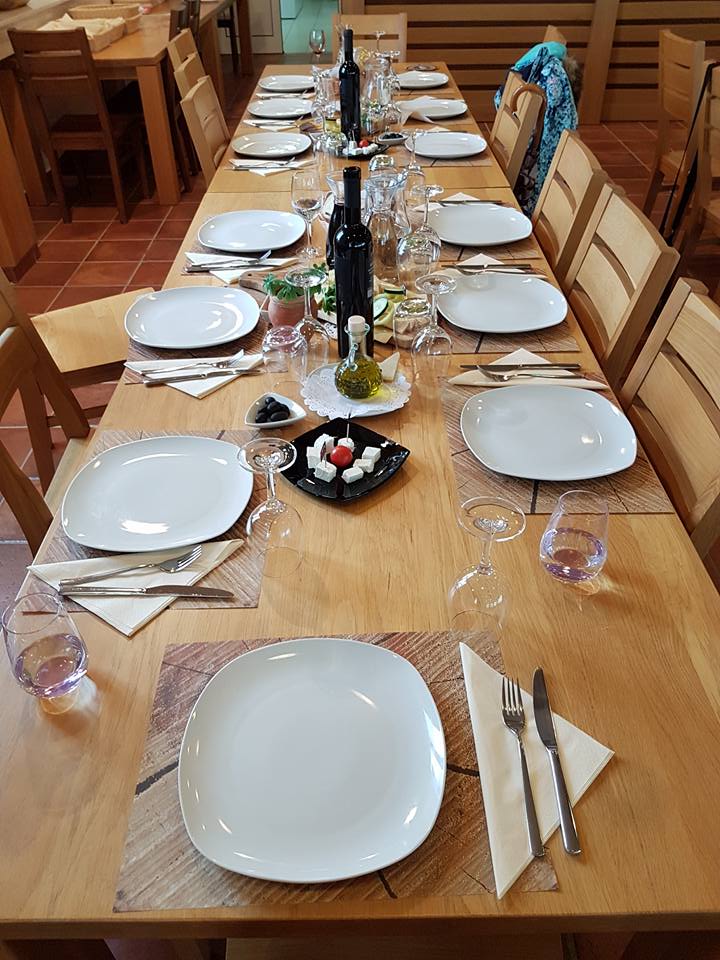
So there you have it: the origin of Pag cheese fame on one side, an impressive family business on the other. There’s no reason to choose a favourite, as they stand side by side, united in their efforts to make Pag cheese known around the world. Click here to learn more about Paška sirana and head here for more information about Gligora. If you can’t make it to Pag island any time soon, the webshops are only a click away – bon appetit!

